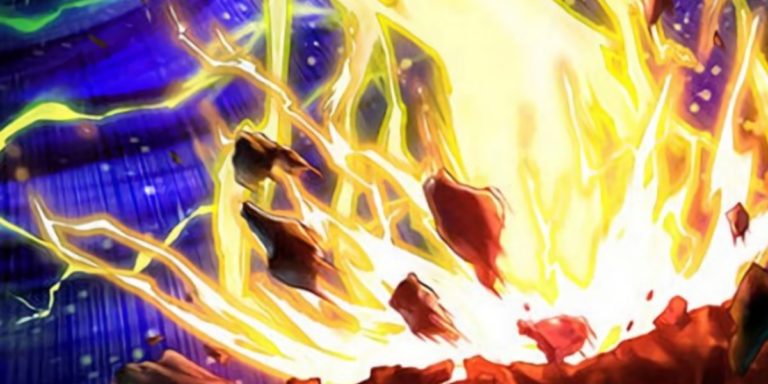
When players really delve into Yu-Gi-Oh! and other card games originally created in Japan, they will often find two entirely different ecosystems that coexist alongside each other.
In Yu-Gi-Oh!, this difference is shown in the TCG and OCG, otherwise known as the Trading Card Game and the Original Card Game classification system.
The OCG is the original version of Yu-Gi-Oh! and is played in Japan, China, Korea, and other countries near those regions. Meanwhile, the TCG is an adapted version of the game that is played in the Americas, Europe, and the rest of the world.
Because these two ecosystems exist, there are some pretty drastic differences in how the Yu-Gi-Oh! scene is run by Konami and shaped by players and releases, at both the casual and competitive level.
One of the biggest differences for the game itself is that cards are released at different times in each ecosystem. OCG releases are typically the first printings for new cards and take time to make their way over to the TCG regions.
This isn’t always the case, but sometimes, cards will be exclusive to the OCG or released as TCG exclusives and take years to make their way to the other format.
This also includes some cards receiving an erratum in the OCG that might not hit the TCG despite being potentially impactful for the meta.
Related: What does Errata mean in Yu-Gi-Oh!
Probably the single biggest factor that separates the OCG and TCG is the split Forbidden and Limited List, which was implemented in 2013 and saw the two formats diverge entirely. Players in the TCG could be playing with limitations that the OCG has never explored and vice-versa, with cards like Maxx “C” or some of the Thunder Dragon cards banned in one region and playable in the other.
The release schedule in the OCG also sees more cards being reprinted or re-released more frequently in comparison to the TCG. This means that OCG players have more easy and affordable access to competitive cards than TCG players in most cases, with cards like Lightning Storm being a Structure Deck reprint in the OCG and getting replaced in the TCG being a perfect example.
Over the years, the barrier between the OCG and TCG has slowly waned slightly, outside the diverging metas. But as long as Konami continues to operate with the two as the standard holding up the other, smaller regions that are contained within, these differences will continue to exist, with even tiny details playing a factor too.
ncG1vNJzZmicn6mytLzOq6usZpOkunDF1GaeomWfnXyvsdasZrCgkal6or7EZquhnV2irqq6jJ2gn56Vp7Kvr8SsZJudpKyyprqMrZ%2BeZamqeqi1jKifZqeTnHqiusNmq5yf